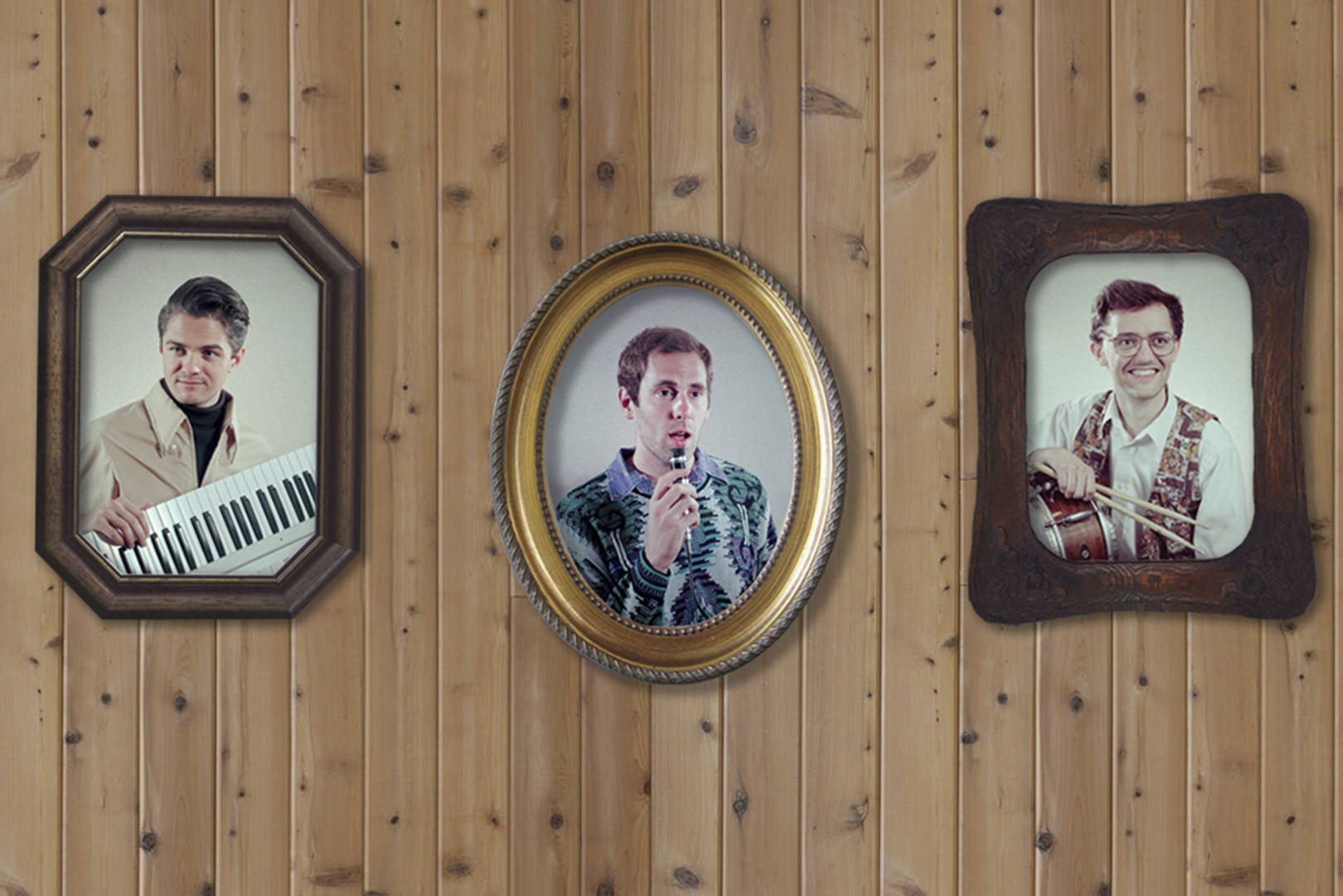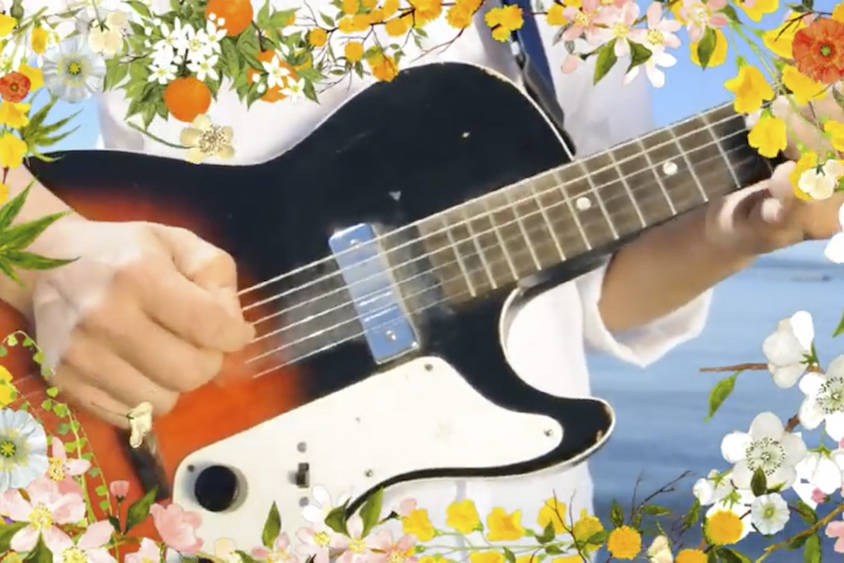Over the past few years, I’ve often found myself shaking my fist at naysayers, defensively declaring that “Seattle’s still cool!” Sniping at raising rents and the influx of “tech bros” and decrying the city’s bleeding-out of culture, artists, and the lower class is one of Seattle’s venerated pastimes—all very real and present dangers for this city. But being 26, I sometimes can’t help but feel that the constant gazing back at a rosier Seattle past robs the scrappy young people doing amazing things and making it work here right now of the credit they’re due. The near-constant stream of grunge-era reissues doesn’t help either. It can feel as though this city is trapped on a stationary bike of nostalgia, forever destined to spin its wheels as “Smells Like Teen Spirit” plays on loop in the background.
Entering Ghosts of Seattle Past with this mindset, the book totally disarmed me. Curated and edited by Jaimee Garbacik, it’s a sizable peoples’ history of this dizzyingly changing city. A work of self-described “guerrilla” ethnography, Garbacik put out an open call for submissions across Seattle with a simple prompt: “Make something in any 2D medium to commemorate a lost Seattle place.” The result is 300-plus pages of history, prose, poetry, personal interviews, comics, and photographs dedicated to places from up in Greenwood straight down to South Park and everywhere in between. Yes, “Smells Like Teen Spirit” and Kurt Cobain make more than a few appearances. But the collected memories here are far more powerful and revealing than those of the dozens of reverential ’90s/Nirvana coffee-table books out there. Instead we see the outline of the true, full spirit of this amazing, turbulent place, and the stories of the myriad souls who have helped color it in.
Fittingly, Ghosts begins with a foreword by Ken Workman, the great-great-great-great-grandson of Chief Si’ahl, aka Chief Seattle. “Gentrification,” he says. “This concept is very familiar to the Duwamish. Everywhere throughout our entire history of contact with colonists, this term is right there at the forefront.” In his conversation with Garbacik, Workman relays the story of discovering his own lost heritage—first, that he was related to Chief Seattle at all, then the fact that he grew up playing in the forests on Kellogg Island right next to the river his paternal ancestors paddled down to look for wives. Later he talks about moving to North Seattle as a teenager, hanging out on Richmond Beach and unwittingly staring across the water at his distant grandfather Chief Seattle’s burial site. This theme, suddenly discovering one’s lost roots here, is a common one. Rachel Kessler’s history of Yesler Way ends with her learning that “without knowing it I had been riding my bike alongside the buildings my ancestors built and died in,” including the apartment of her great-great-grandfather, a leader in the local Orthodox Jewish community.
Some lost-and-found roots are less hereditary and more spiritual. Anisa Jackson’s conversation with Elmer Dixon, founder of the Seattle chapter of the Black Panther Party, provides an incredible historical foundation for the ongoing activism against gentrification and for black-led community land use and services in the Central District today. Dixon’s stories about the Panthers arming themselves to defend against antagonizers, constructing a trap door in their headquarters on 20th and Spruce for tactical strategizing under threat of attack, is awe-inspiring. “We were fortified and organized enough to where we could defy the power structure,” Dixon says.
There’s also plenty here that will just make you laugh. Some of the best submissions are the briefest, reading like personal entries in the classifieds. Julia Lipscomb’s two-paragraph ode to running scared out of the the Fun Forest theme park’s haunted house reminded me of how dangerously rickety the Windstorm roller coaster seemed when I visited there as a kid—a place I’d totally forgotten about. Mark Campos’ comic about working at the U District Kinko’s is mostly dedicated to all the employees’ workplace hijinks.
But some pieces in Ghosts are utterly arresting. While many entries broach the metaphysical, Davey Oil’s piece about last year’s Greenwood gas explosion, which decimated his bicycle-repair shop and an entire row of retail spaces, openly wrestles with the concept of God. “I still cannot turn on the stove without flinching,” he writes at the end. “Something else will get built where that fine old building stood. Our store has moved, and will move again. They were only things. It was only a building. And a place.” That mix of fear, hope, resignation, and resolve cuts to the core of the Seattle mood right now. We move on because we must. But painful as it can be, we’re better off remembering than forgetting. ksears@seattleweekly.com








